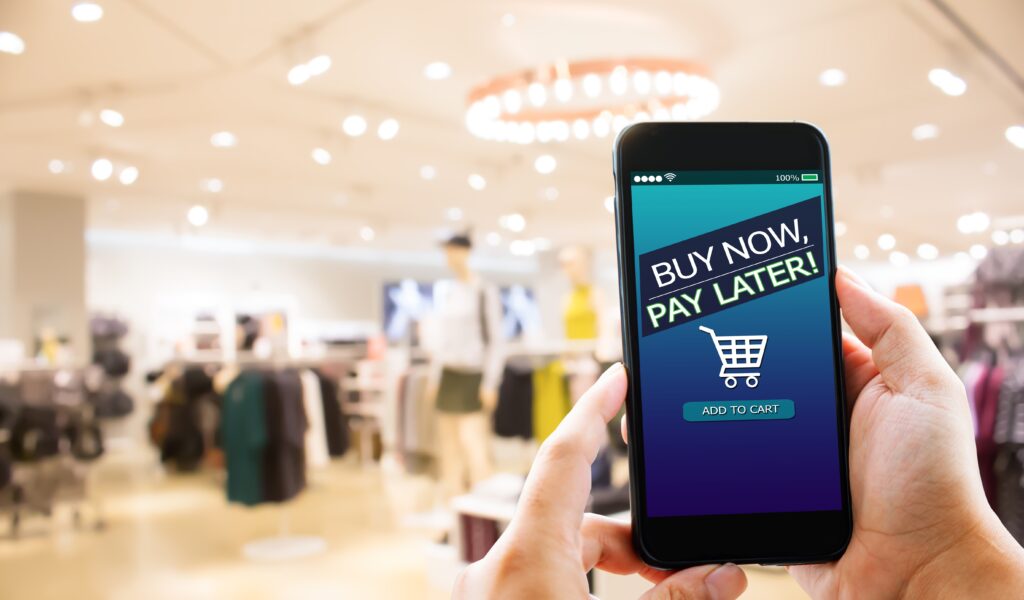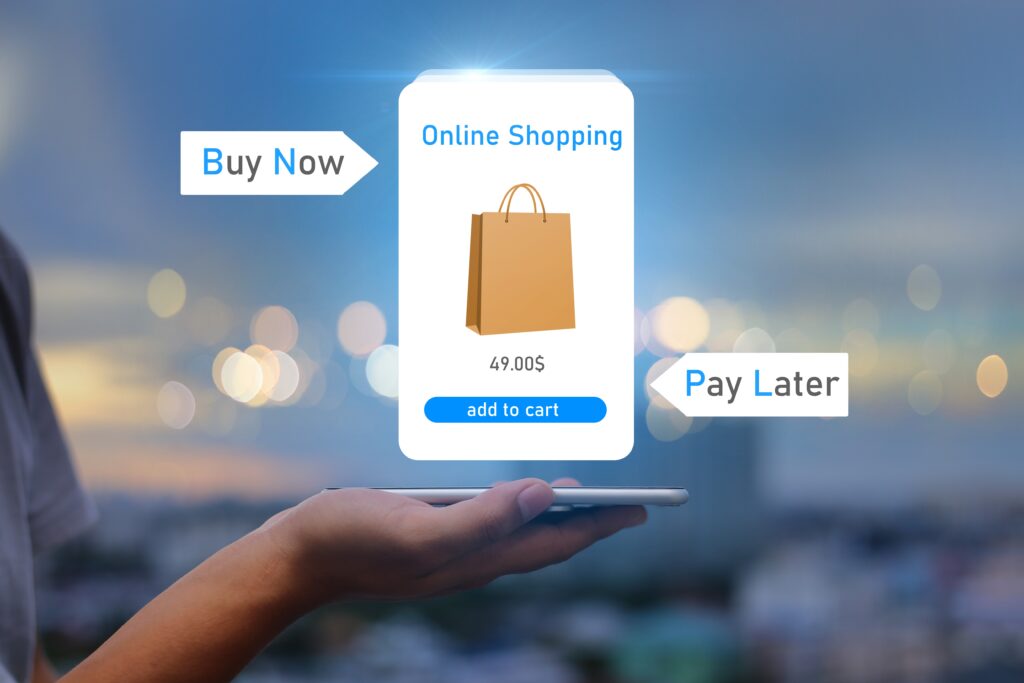
- Products
- Solutions
- Learn
- Partner
- Try Now
The digital age has transformed how we shop, and the emergence of Buy Now, Pay Later (BNPL) services is further changing online ordering and consumer behaviour.
This financial innovation allows shoppers to split their purchases into interest-free installments, disrupting the conventional notion of immediate payment. In this blog, we’ll delve into the factors driving the rapid adoption of BNPL services, explore its impact on online ordering, and analyze the evolving landscape of consumer behavior.
The Pull of Split Payments
BNPL services offer a compelling proposition: make purchases now and split the cost into manageable installments, typically interest-free if paid on time. This convenience resonates with a large and growing segment of consumers, particularly millennials and Gen Z.
According to a report by McKinsey, the BNPL market is projected to reach $1 trillion in transaction volume by 2025, highlighting its unprecedented growth trajectory.
Several factors contribute to this phenomenon:
Convenience: BNPL services offer unparalleled convenience to consumers by eliminating the need for upfront payments. This flexibility empowers shoppers to make purchases without straining their budgets, leading to increased spending.

Millennial and Gen Z Preferences: Younger generations exhibit a preference for alternative payment methods that align with their financial habits and lifestyles. BNPL resonates with Millennials and Gen Z, who prioritize flexibility and transparency in their purchasing decisions.
E-commerce Boom: The exponential growth of e-commerce platforms has catalyzed the adoption of BNPL services. With online shopping becoming the norm, consumers seek frictionless payment experiences, making BNPL an attractive option.
Rise of Buy Now Pay Later: Studies
Market Share on the Rise: According to a report by a Fintech firm, BNPL already holds a 3% share of the online e-commerce payment market, with projections estimating a jump to 9% by 2024.
Millennials Leading the Charge: A study suggests that 43% of millennials have used BNPL services, compared to just 12% of baby boomers.
Benefits for Businesses
The BNPL boom isn’t just good for consumers; it offers significant advantages for businesses:
Increased Sales and Order Values: Research indicates that BNPL can lead to a rise in average order value by up to 45%, with customers more likely to splurge on bigger-ticket items due to the flexibility of installment payments.
Also Read
Recipe for Success: How to Make Your Food Business Flourish
Reduced Cart Abandonment: The ease of Buy Now Pay Later can significantly reduce cart abandonment rates, a major pain point for online retailers. Studies suggest a 35% increase in checkout conversions with BNPL options.
Attracting New Customers: BNPL can broaden a business’s customer base by appealing to demographics that prefer alternative payment methods or lack access to traditional credit.
Consumer Behavior: A Double-Edged Sword
While BNPL offers undeniable convenience, it’s crucial to acknowledge its potential downsides on consumer behavior:
– Impulse Buying: The ease of BNPL can fuel impulsive purchases, with the financial impact seemingly delayed. This can lead to debt accumulation if not managed responsibly.
– Debt Management Concerns: Studies show a potential correlation between BNPL use and increased debt, particularly among younger demographics who may be new to managing credit.

The Future of Buy Now Pay Later
As BNPL continues to grow, regulations may evolve to ensure responsible lending practices and consumer protection. Regardless, BNPL’s impact on online ordering and consumer behavior is undeniable. Businesses that embrace this trend can reap significant benefits, while consumers must be mindful of responsible spending habits.
Key Takeaways
- BNPL services are rapidly gaining traction, offering a convenient way to split payments.
- This trend is impacting online ordering by increasing average order values, reducing cart abandonment, and attracting new customers.
- However, potential downsides like impulse buying and debt accumulation require responsible use by consumers.
Also Watch
Subscribe to stay ahead with the latest updates and entrepreneurial insights!

Subscribe to our newsletter
Get access to the latest industry & product insights.





















